
A Rubber Expansion Joint is a flexible unit that is manufactured from natural or synthetic elastomers or fluoroplastics and, if necessary, a reinforcement of the bellow (steel, nylon or aramid) is added. Rubber Expansion Joints are the perfect solution for pipe systems to absorb movements, vibrations or noise, resulting in the significantly prolonged service life of the pipe work and connected equipment.
Expansion joints are designed to absorb pipe movements and stress while isolating mechanical vibration. They will reduce system noise, eliminate electrolysis, and compensate for pipe offset or alignment. They are typically specified during the engineering of a system and are commonly seen in air conditioning or heating systems, petro-chemical plants, power generating stations, ships, steel mills, pulp & paper plants, water & sewage systems, and other industrial piping systems. Expansion joints should be installed between two fixed anchor points in a system. In order to prevent damage caused by excessive motion, control rod/limit units are recommended for all applications. Expansion joints must be inspected, maintained, and replaced over time.
Our rubber liners and covers can be constructed of virtually any type of synthetic or natural elastomer. PTFE liners are also an option. For greater movement capabilities, we can build expansion joints with double, triple, or even quadruple arches. For applications involving sediments or high-velocity media, filled-arch styles are available. To accommodate changes in pipe sizes, we offer either concentric or eccentric reducing style joints. For basic flexible connections and noise reduction at pumps, consider our spherical expansion joints with rotating steel flanges. Necessary accessories for most rubber expansion joint applications include retaining rings and control units. Safety shields are also an option.
Chemical, construction, water supply, drainage, petroleum, light and heavy industry, refrigeration, sanitation, plumbing, fire fighting, electric power, etc.
Oil, acid and alkali, high temperature and other corrosive and hard substances

LUOYING

Up to DN 5000

Up to +130°C

Up to 25 Barg / 362 psi
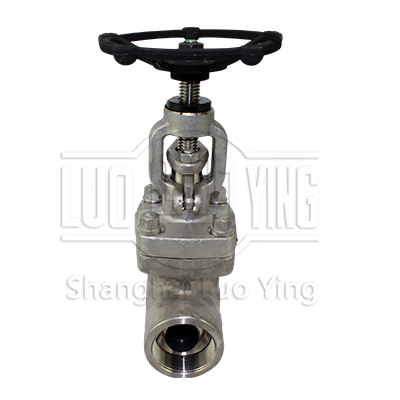
Stainless steel 316 globe valves are commonly used shut-off/regulating valves in industrial piping systems. Their core advantages and features stem from the combination of the excellent performance of 316 stainless steel and the functional characteristics
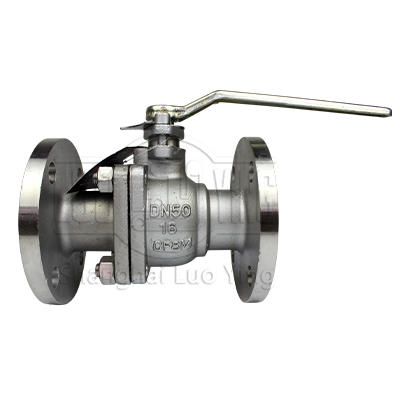
Stainless steel flanged ball valves can be tightly closed with a 90-degree rotation and minimal torque. The fully symmetrical valve body cavity provides a low-resistance, straight-through flow path for the medium.
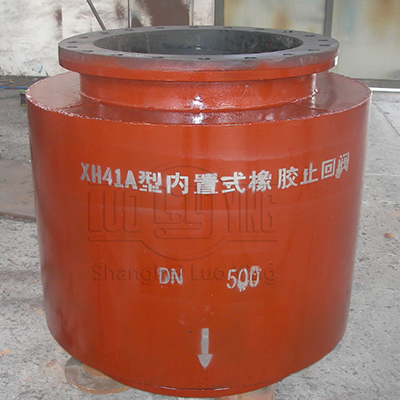
The built-in duckbill valve is highly effective in wastewater systems, drainage systems, dam drainage, airport/highway drainage, wastewater tank drainage, and odour prevention.
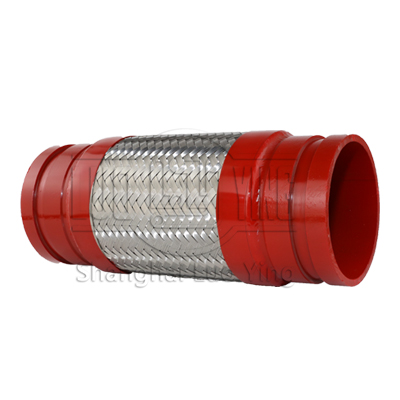
The 304 stainless steel grooved metal hose is meticulously crafted from high-quality austenitic stainless steel material. Its unique corrugated tube structure endows the product with exceptional flexibility and fatigue resistance.

The KDF flanged rubber joint is an improved version of the KXT single-ball rubber joint, designed to accommodate greater displacement and pressure according to user requirements. More importantly, it addresses the issue of rubber joint separation under ex
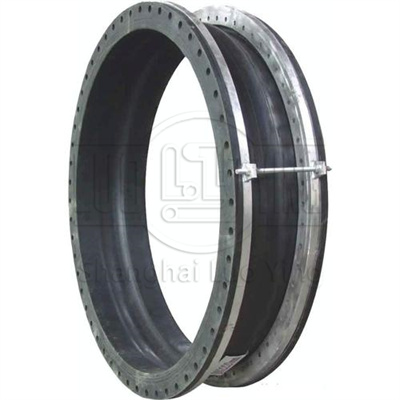
The KDF-F flanged rubber flexible joint is an improved version of the KXT single-ball rubber joint, designed to accommodate greater displacement and pressure according to user requirements. More importantly, it addresses the issue of rubber joints detachi
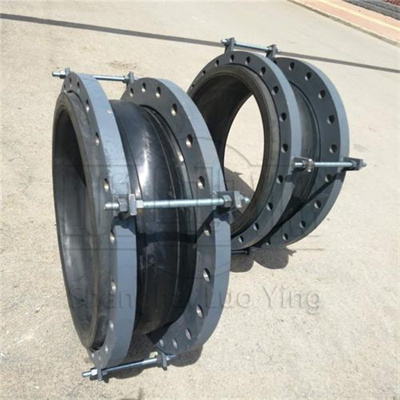
The KXT-F single-ball limited-travel rubber flexible joint offers excellent overall performance and is widely used in various fields such as chemical industry, construction, water supply, drainage, petroleum, light and heavy industry, refrigeration, sanit
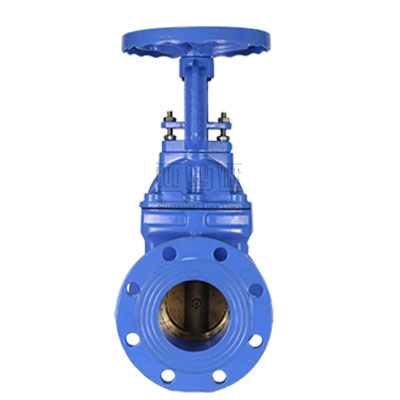
Gate valve is a full bore valve. Thanks to the metal seat, those valves are able to respond to specific operating conditions (high pressure, high temperatures). Its production is varied (cast iron, steel, stainless steel, duplex, etc.), it can therefore b
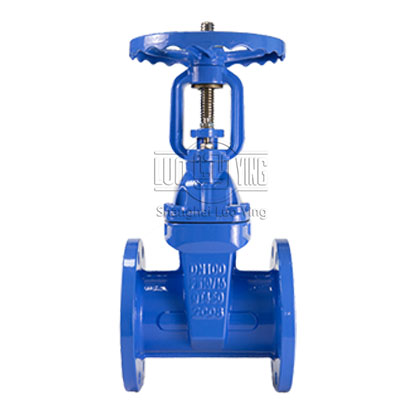
Gate valve is a full bore valve. Thanks to the metal seat, those valves are able to respond to specific operating conditions (high pressure, high temperatures). The wedge is fully vulcanized with drinking water approved EPDM rubber compound. It features a
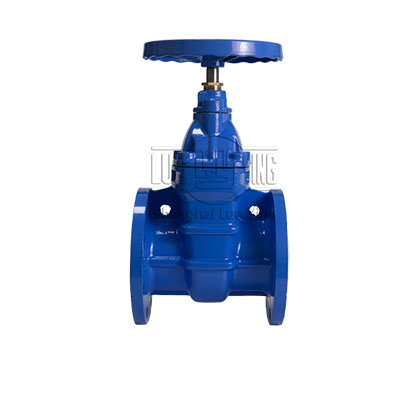
Gate valve is a full bore valve. Thanks to the metal seat, those valves are able to respond to specific operating conditions (high pressure, high temperatures). Its production is varied (cast iron, steel, stainless steel, duplex, etc.), it can therefore b
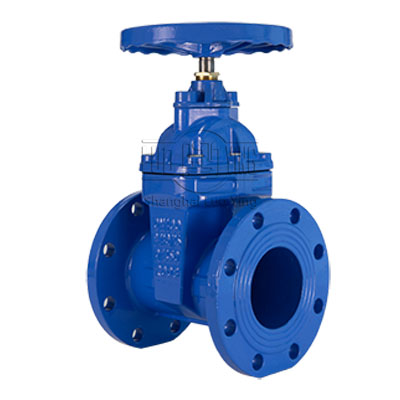
When this valve with bi-directional flow is fully open, the gate and pipeline diameter are the same and there is very low head loss.
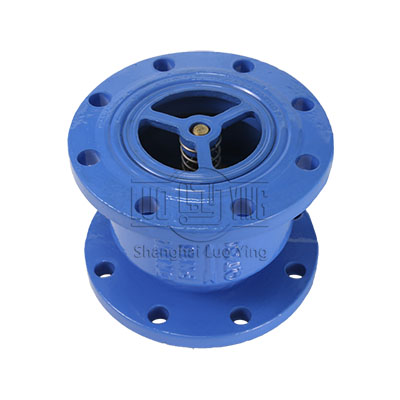
The Silent Check Valve is the preferred choice in applications where silent operation and cost are of major concern. Its short linear stroke and spring return action combine to close the valve prior to flow reversal which effectively eliminates the shock
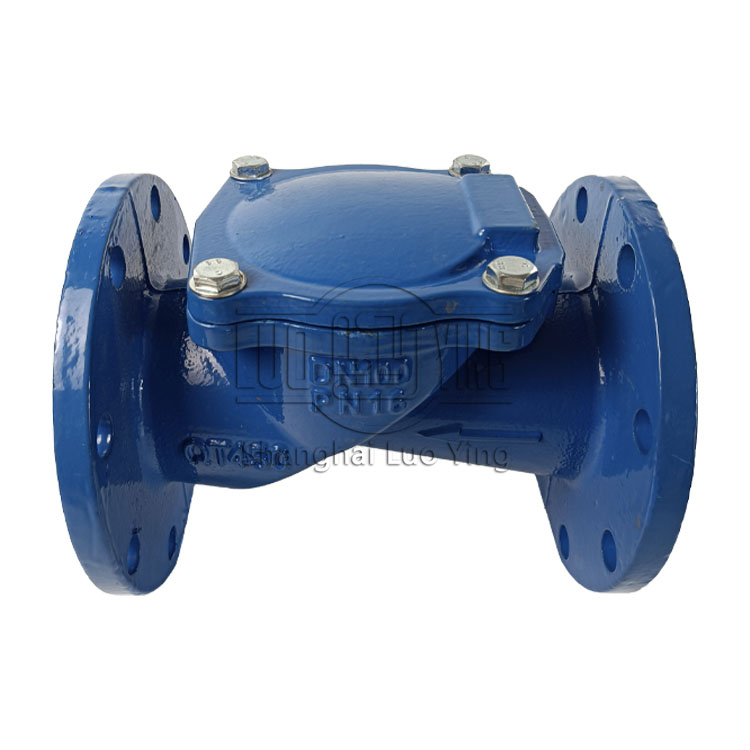
Rubber Flapper Swing Check Valves feature a unique, simple design with only one moving part. The flapper does not swing from a hinge pin; it simply flexes open. The seat is on a 45° angle. The flapper travels 35° from open to closed, usually before column
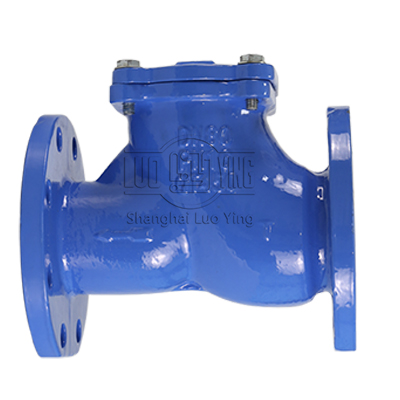
The ball check valve is suitable for use in polluted media as the ball shaped valve prevents the built up of dirt. The valve is for maintenance easy accessible through a large opening. The ball check valve may be used in waste water treatment, in power pl
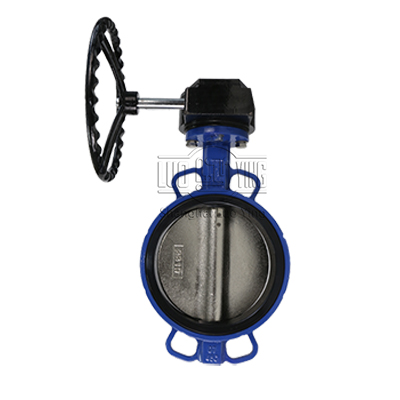
The rubber is injection moulded directly on the valve body forming a permanent bond. Consequently, there is no risk of deformation or dislocation of the liner making the valves suitable under vacuum conditions. The combination of the profiled disc edge an
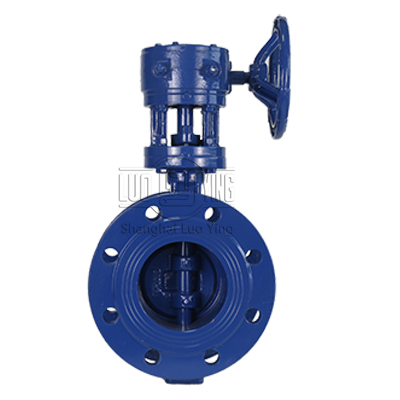
Suitable for mounting between flanges and can be used in many general applications such as in water distribution, water treatment, dams, power plants and in many other. The valve can be used as a stopper, a tap for discharging at the end of the pipeline,
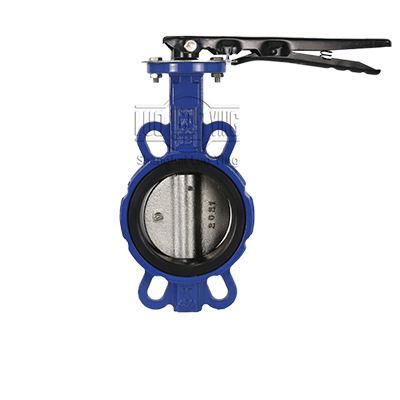
Butterfly Valve with hard phenolic seat, pin or splined connection between disc and stem, both wafer and lug style. Suitable for most general purpose applications.The valve can be used for both ‘open/close’ and for flow control operations.
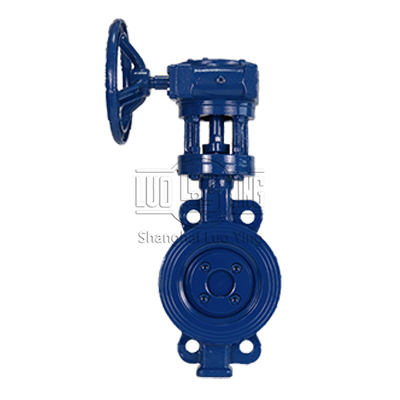
Butterfly valves are designed for cost-effective isolation of pipelines and are suitable for pressure and non-pressure water and industrial applications. The quarter turn disc can be actuated by lever or gearbox and is available in wafer, lugged or flange
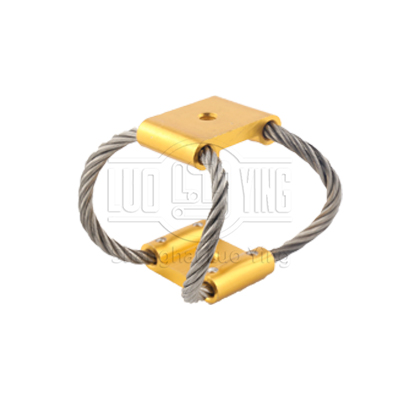
1、The product has the comprehensive function and effect of vibration isolation and buffering, and the design structure is compact and simple.
2、The installation and use of a variety of setting methods can absorb the left and right. Up and down. Before an
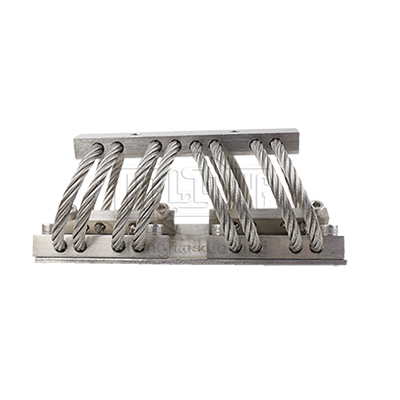
GSG series stainless steel wire rope vibration isolator is a new vibration isolator redesigned and developed on the basis of GS series vibration isolator, its positive and lateral bearing capacity is basically close, the lateral is 70% of the positive bea
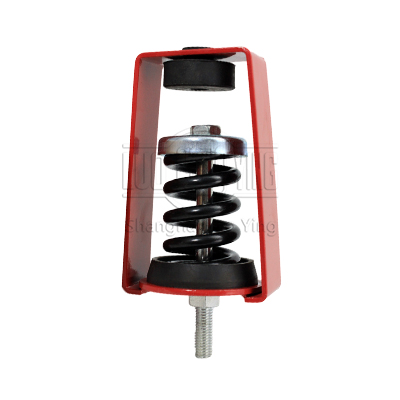
ZTY type spring vibration isolator is used in fan coil and other small equipment vibration damping, in the installation of central air conditioning, fan coil vibration isolation installation can improve the operation of the wind plate to extend the servic
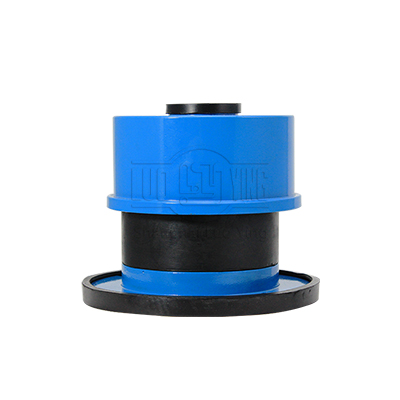
ZTA type damping spring vibration isolator main features and uses: ZTG type damping spring vibration isolator is composed of spring, upper rubber sleeve, lower rubber pad, upper and lower iron parts, etc. The vibration isolator has the advantages of simpl
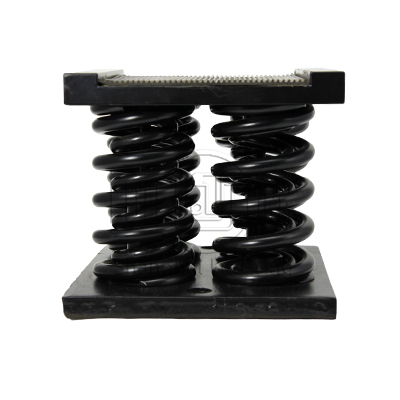
JS type combined spring vibration isolator uses multiple combined springs as the main body, the upper and lower configuration of steel plates and non-slip rubber pads, the product makes full use of the integrated steel spring low frequency and rubber vibr
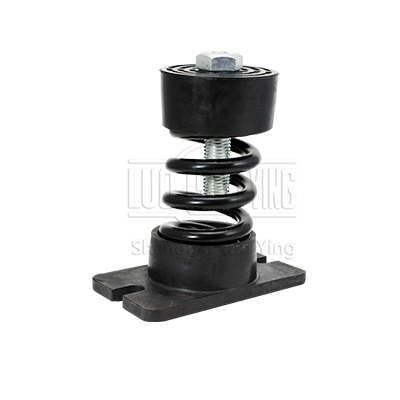
The difference between JD type spring vibration isolator and JC type is that the base area of the product has been doubled.
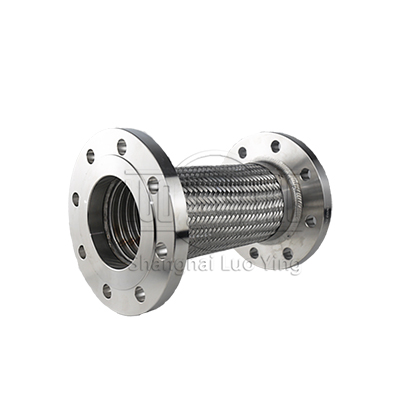
This type of hose is also known as pump hose connectors. These hoses are sized to a specific length for attaching to pumps. Its flexible braided construction absorbs vibration to reduce wear and tear on equipment. To connect the pump connector hoses you n
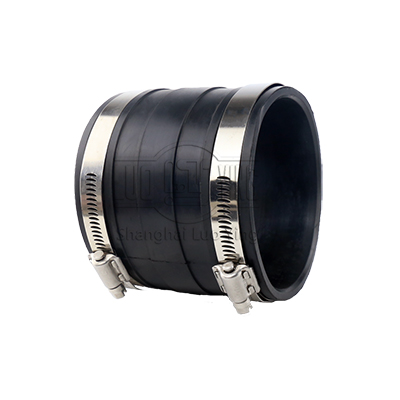
Clamp type rubber joint composed of inner rubber layer, fabrics enhancement layer and outer rubber layer, then by molding vulcanization and combine with clamp. Inner rubber directly bear abrasion and corrosion of medium delivered; outer rubber layer prote
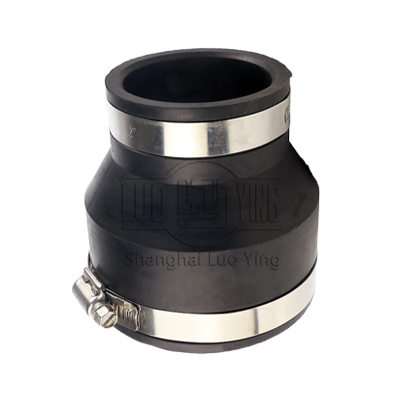
Clamp flexible rubber joint is composed of inner layer, polyamide fiber cord fabric, outer layer rubber and lapped joint flange, it have many advantage such as high temperature and pressure resistance.
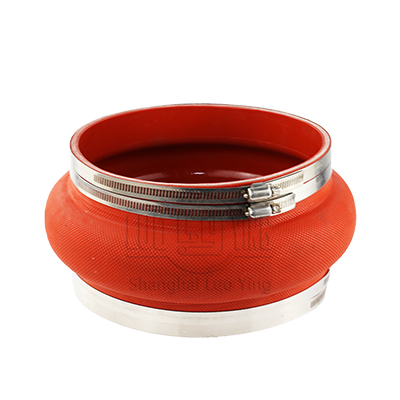
Clamp Flexible Joint is also called Flexible Rubber Joint, flexible joint, rubber coupling, flexible rubber joint, rubber soft connection. Clamp Flexible Rubber Joint is flexible coupling of metal pipe, composed by inner layer,Nylon cord fabric enhanced,
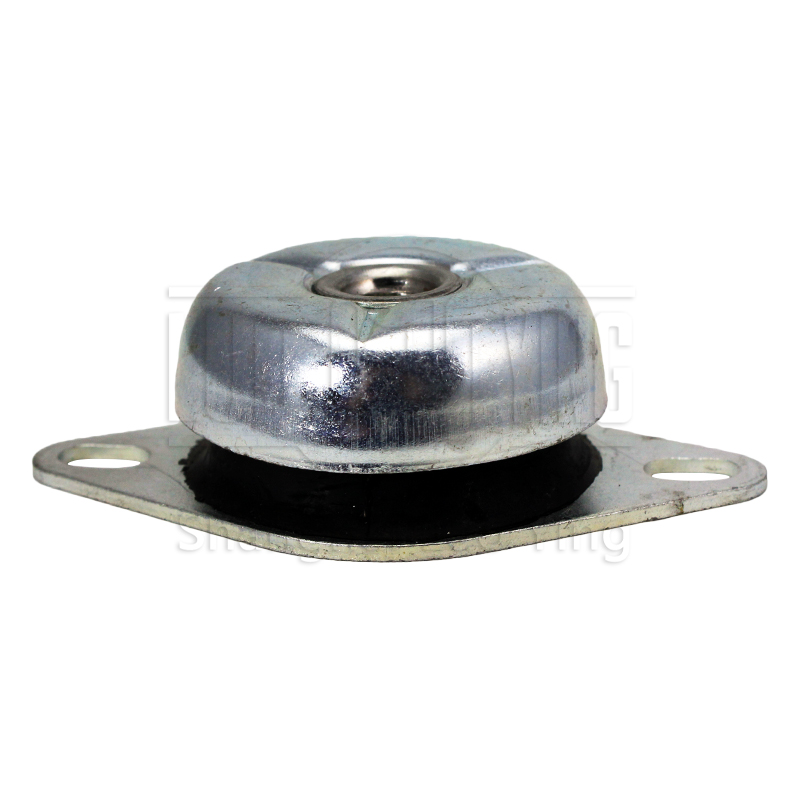
JNH mounts are fail safe marine engine mounts that have a higher profile, the high profile rubber section produces larger deflections and low natural frequencies. These marine engine mounts work the rubber in shear and compression. JNH mounts are designed
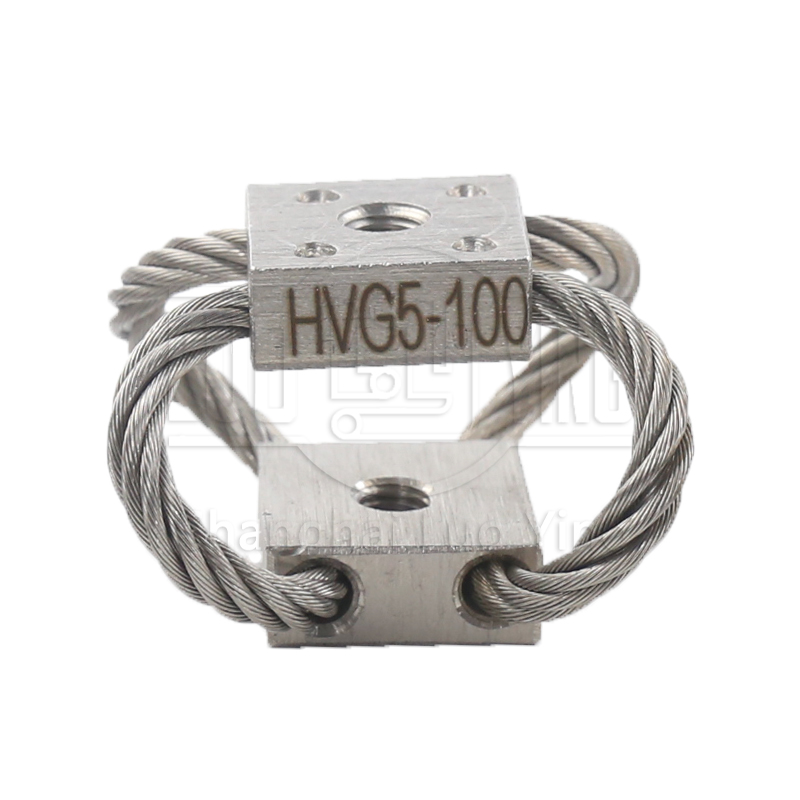
HVG wire rope isolators are special wire rope isolators that are small in size for applications in which space is limited. These wire rope isolators provide the same vibration and shock isolation capabilities as normal wire rope mounts just in a smaller s
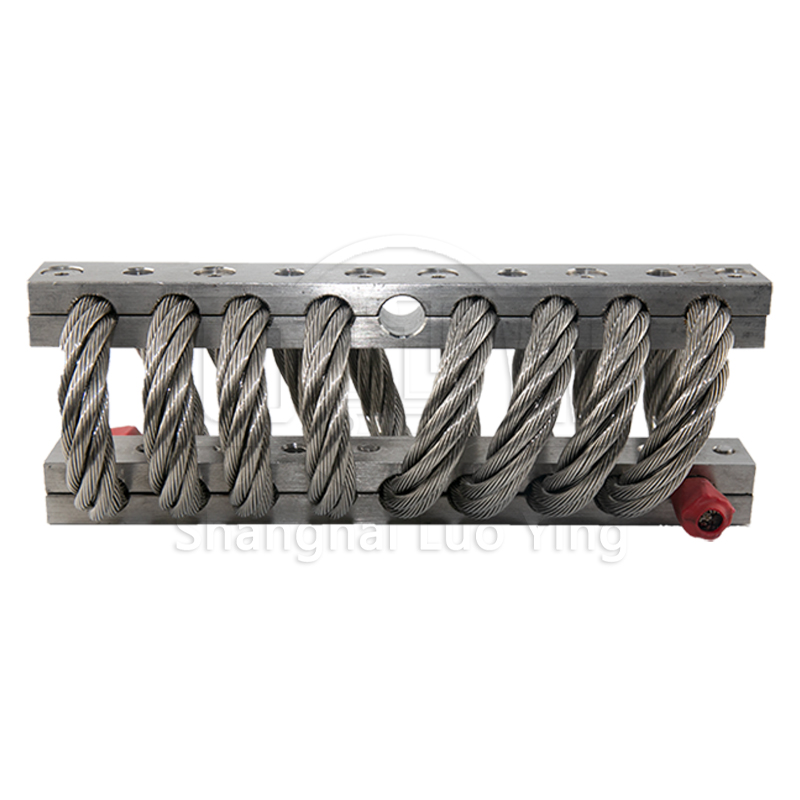
wire rope isolators are large wire rope isolators that feature a large stainless steel braided cable for applications in which the most powerful vibration isolation is required. These wire rope isolators provide multi-dimensional vibration and shock isola
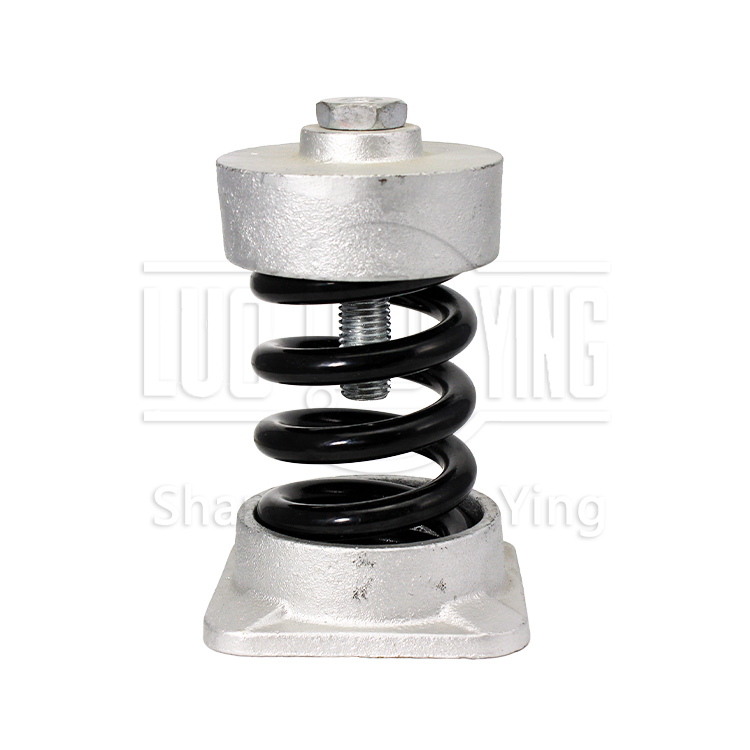
The spring structure of JC type spring shock absorber is designed with low frequency value, strong pressure-bearing and small natural frequency, which has good anti-vibration effect for products and equipments. The spring base is made of nitrile rubber, a
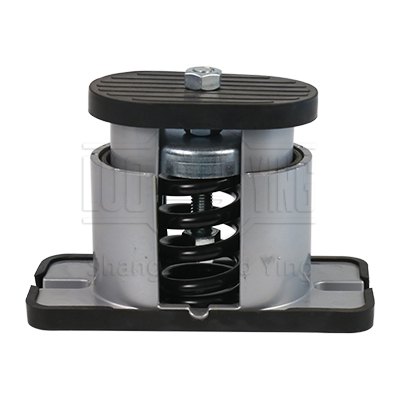
The upper and lower ends of the JB type spring shock absorber have screws and screw holes, and the upper end of the spring has a height adjustment nut, so the height can be adjusted freely according to the actual installation needs. The upper and lower en
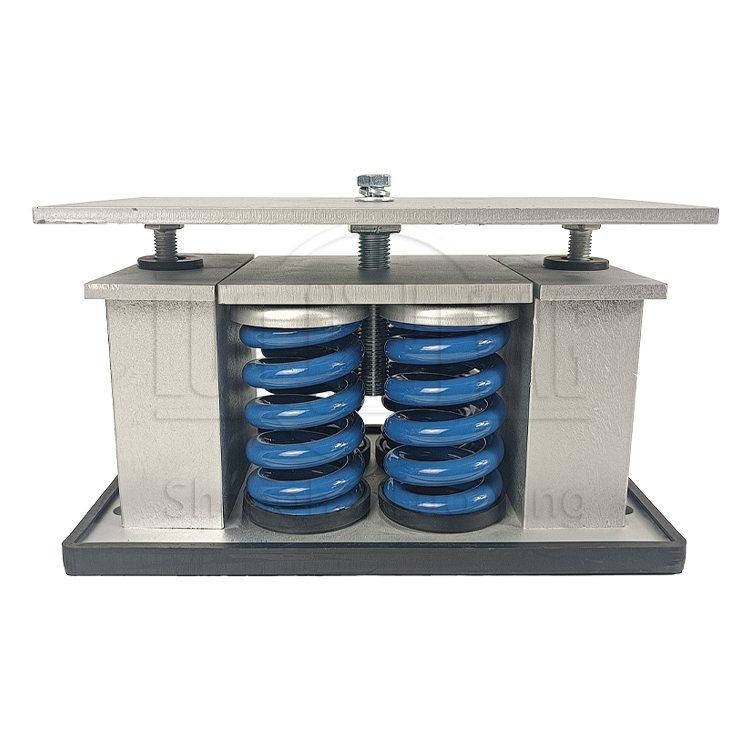
Spring vibration isolators are mainly used in nuclear power plants, thermal power plants, chemical plants, steel plants and other pipelines and equipment anti-vibration. Commonly used to control the continuous fluid vibration excitation (such as fluid pul
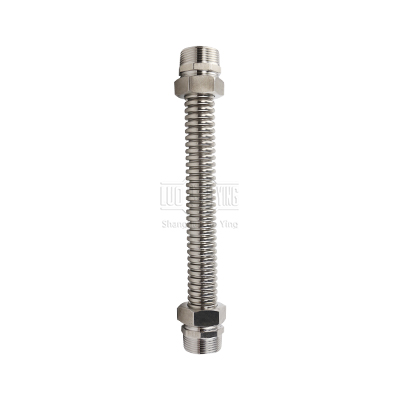
Metal hoses are an indispensable part of modern technology with its high demands on piping systems for a wide variety of media and temperatures.
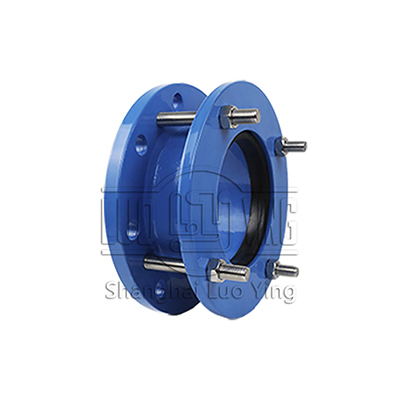
Flange adaptor couplings provide an effective means for inserting a flange into a pipeline for connection to another flanged component or valve. These adaptors are suitable for use in potable water; non-potable water and wastewater pipelines.
The most im
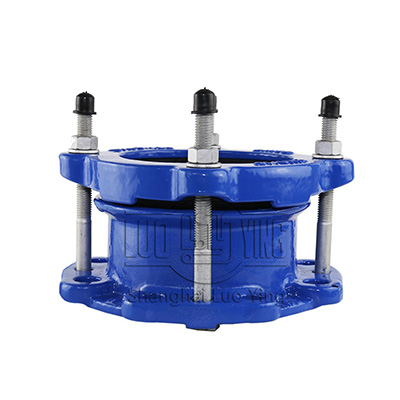
Flange adaptor couplings provide an effective means for inserting a flange into a pipeline for connection to another flanged component or valve. These adaptors are suitable for use in potable water; non-potable water and wastewater pipelines.
Working pre
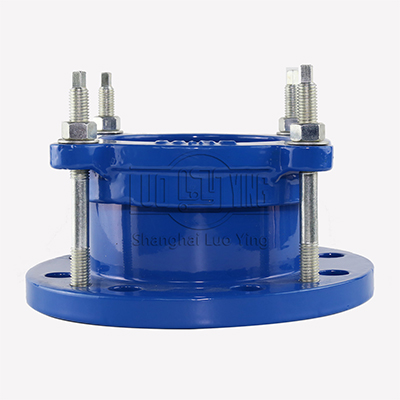
Universal straight fittings, stepped fittings and flange adapters for cast iron, ductile iron, steel, uPVC and asbestos cement pipes. Bolts and nuts with anti-friction coating provide long-lasting corrosion protection and allow for angular offsets of up t
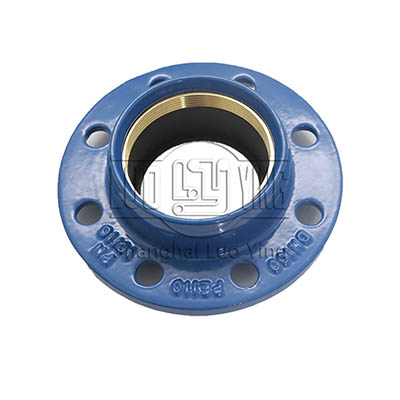
Tensile combination flanges for PE, PVC and ductile iron pipes, and non-tensile combination flanges for PVC, steel and ductile iron pipes. The design features a flexible positioning and chamfering of the pipe and a big angular deflection.
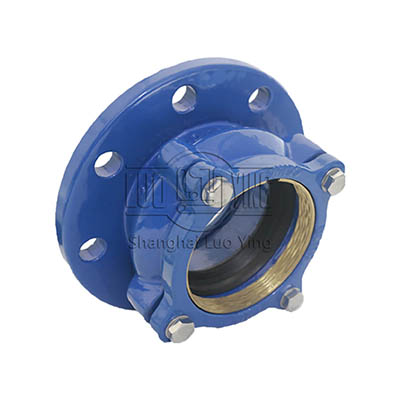
The coupling consists of a sleeve that is placed between two end-rings. Between end-rings and sleeve, grip rings, press rings and gaskets are positioned. The end-rings are pressed onto the sleeve when the bolts are tightened. The rubber gasket, pressed by
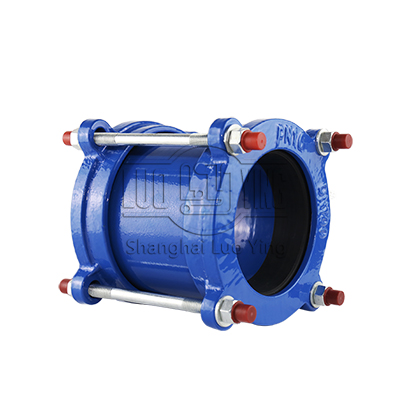
The expansion joint is mainly composed of a body, a telescopic sleeve, a gland, a sealing ring and a bolt. The telescopic body, telescopic sleeve and gland are made of 16MnR, and the sealing ring is made of NBR sealing, which has good water tightness and
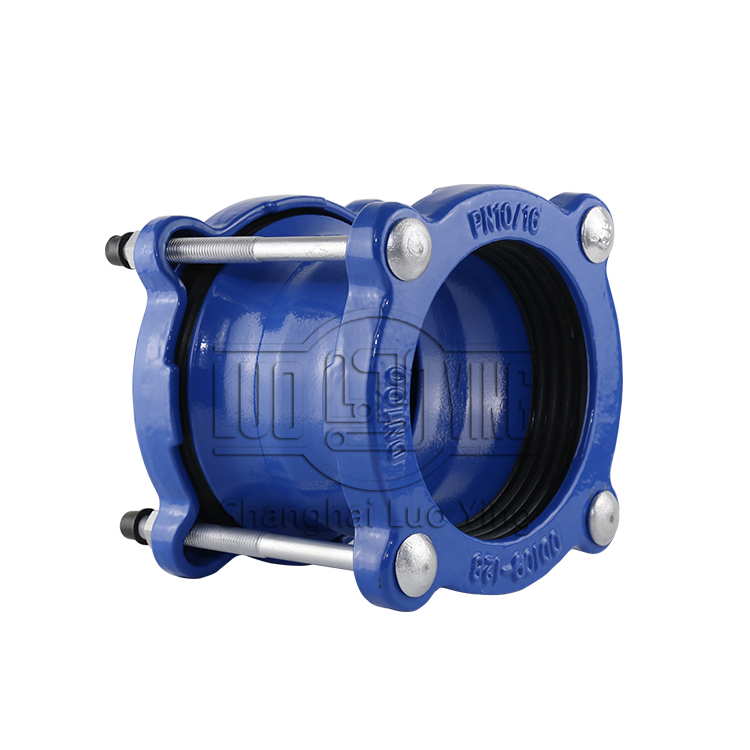
Used to join two pipes or tube spigot ends
Designed to be connected to pipes of different materials, or for use with one material only, couplings are used to join two pipes or tube spigot ends.
There are several ranges of couplings available depending o
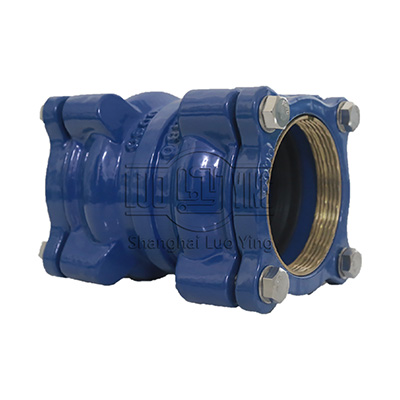
Between end-rings and sleeve, grip rings, press rings and gaskets are positioned. The end-rings are pressed onto the sleeve when the bolts are tightened. The rubber gasket, pressed by the press ring and grip ring, then completely fills up the space betwee
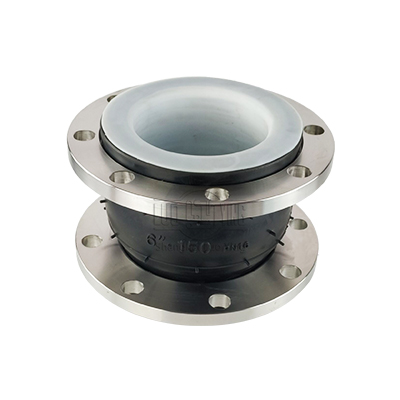
PTFE provides added resistance to aggressive chemicals and temperatures versus a traditional rubber tube expansion joints.
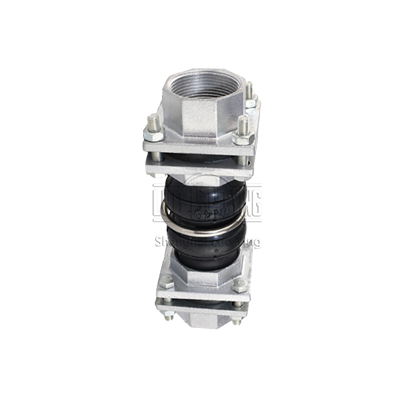
Rubber joint has the characteristics of good sealing, light weighting, easy to fix and maintain, also has long working expecting,but please keep far away from sharp metal in order to avoid breaking the rubber body.
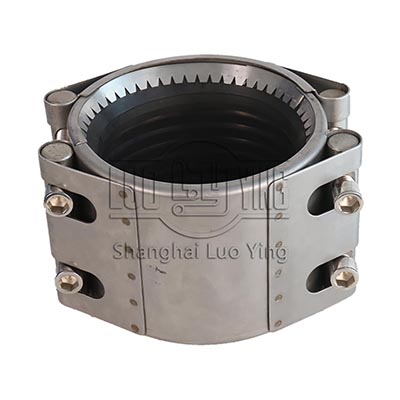
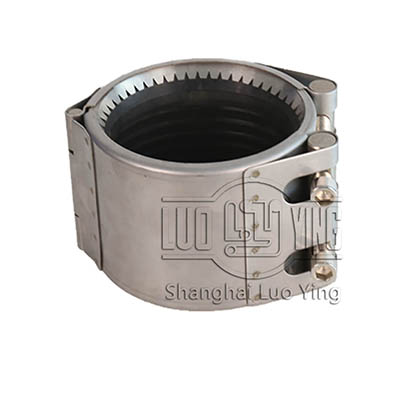
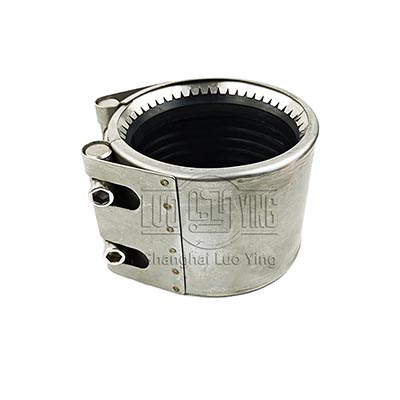
The use of high quality Stainless Steel and Nitrile Rubber gaskets permits use of the product in a range of applications from reticulated water and sewerage to industrial use. A Repair Clamp’s variable OD Range enables a single clamp to adapt to any pipe
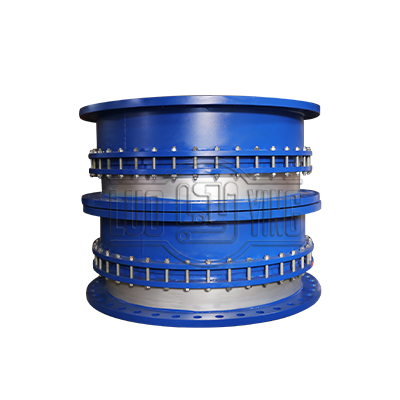
Thermodynamic compensator is mainly applied axial compensation, also has superior bending capacity, so I do not take into account the impact of sink pipes. Buried corrugated sleeve of compensation under the protection of housing and orientation compensati
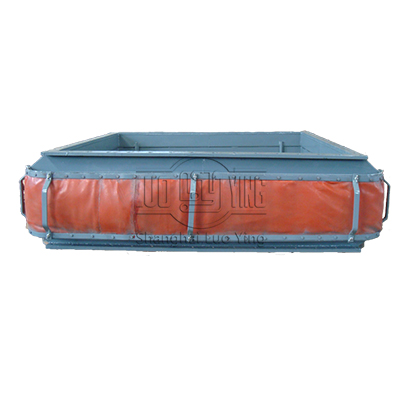
Rectangular duct fabric compensator is composed by rubber and fabric composite materials, steel flange, sleeve, thermal insulation materials. Mainly used in various fan, air duct for flexible connection. The function is shock absorption, noise reduction,
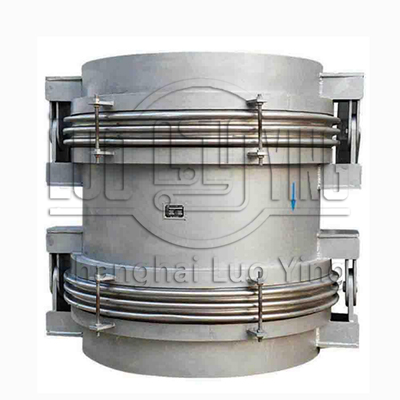
Expansion joints come with three convolutions as a standard. More than three convolutions can be customized and the more convolutions, the more movement an expansion joint will provide. Various reinforcements of rings and outer shells are available for hi
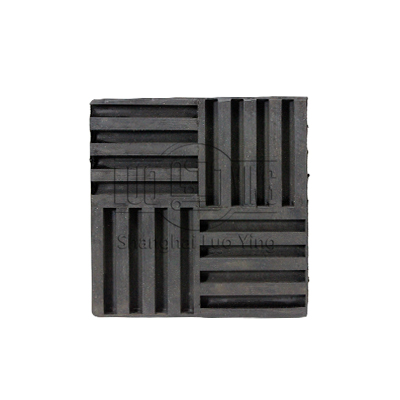
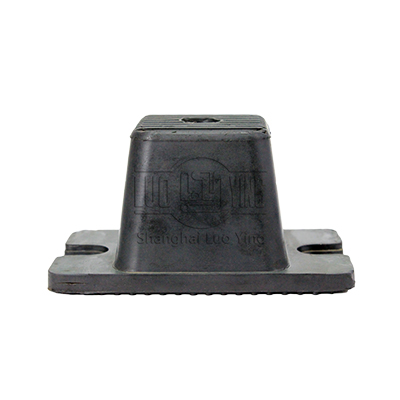
Rubber Cutting Vibration Isolators are specifically designed to give high load capacity with relatively large static deflections and are compact in weight and easy to install. Normally, cone mountings are assembled with overload and rebound washers to con
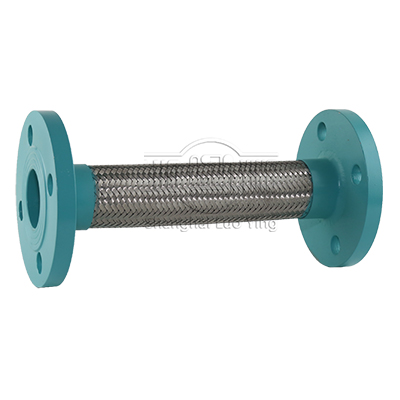
Flexible Metal hose is a kind of flexible component which is used to conveying different kinds of mediums. It is composed by stainless steel bellow with one or more layers steel thread or steel strip mesh sleeve, two ends with joint or flange head.Stainle
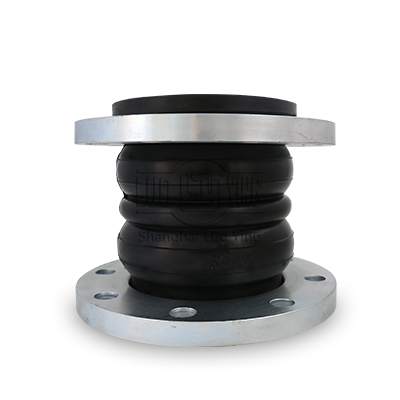
Double Ball Rubber Joint, is mainly the use of rubber unique properties, such as high flexibility, high air tightness, chemical resistance and radiation resistance, high strength, strong cold stability bias ply polyester composite Hou contrast, high press
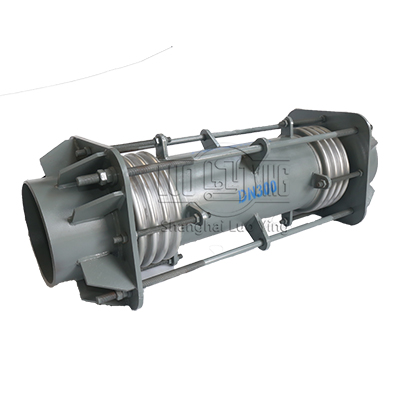
Thermal movements would generate in any rigid pipe systems because of temperature changing. Due to its annular corrugations, the Style LD-MC Stainless Steel Flexible Connector allows for axial compression or axial extension, lateral deflection as well as
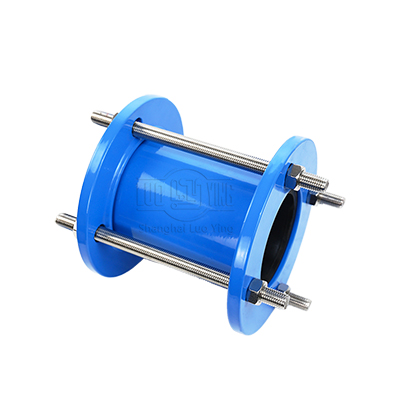
Dresser Coupling Joint on the basis of absorbing foreign advanced technology,combined with the actual needs of the research and development of a new pipeline connector,reasonable product structure design,reliable sealing performance;ends The socket connec
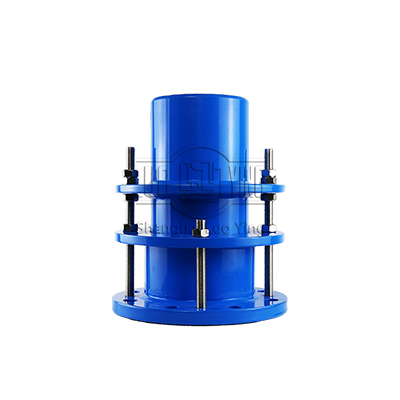
Single Flange Dresser Coupling is formed by adding a limit device to the basic sleeve Type Expansion Joint and locked at maximum expansion by double nut.The pipeline can thus freely expand in certain limit. When maximum valve is reached,it will be limited
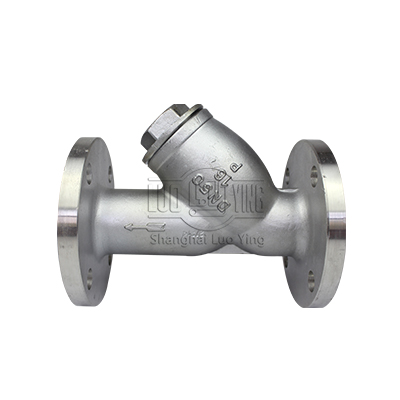
Y type pipe filter is a kind of device used for conveying medium, mainly installed in entrance gate of hydraulic control valves, pressure reducing valve, pressure relief valve, etc.
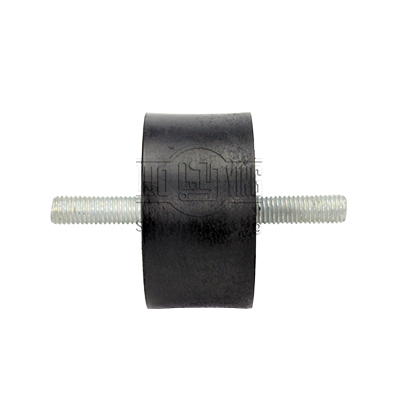
YZT Rubber Shock Absorber can effectively bear all levels of load and deformation of wide range, especially suitable for the installation of electronic instruments.
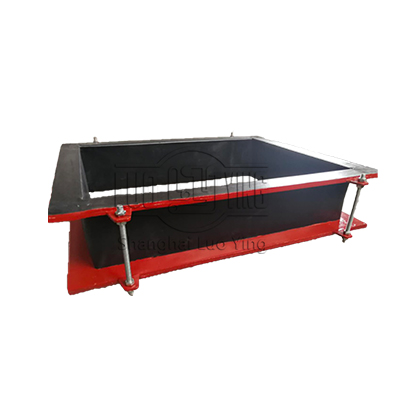
Air flue rubber joint compensator is composed by rubber composite materials, steel flange, sleeve, thermal insulation materials. Mainly used in various fan, air duct for flexible connection. The function is shock absorption, noise reduction, sealing, medi

Air flue rubber joint compensator is composed by rubber composite materials, steel flange, sleeve, thermal insulation materials. Mainly used in various fan, air duct for flexible connection. The function is shock absorption, noise reduction, sealing, medi
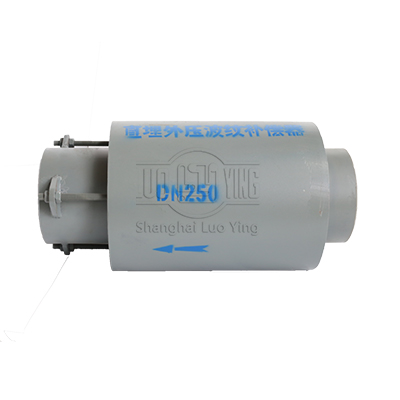
Buried corrugated compensator mainly used in buried pipe axial compensation, has super anti-bending ability, so buried compensator shell can freely expansion compensation under the protection of sleeve.
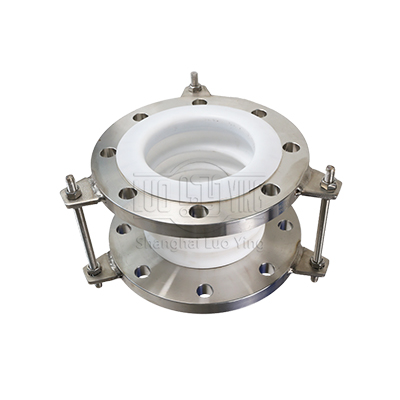
Metal bellows expansion joints (also called compensators) are compensating elements for thermal expansion and relative movement in pipelines, containers and machines. They consist of one or more metal bellows, connectors at both ends, and tie rods that de
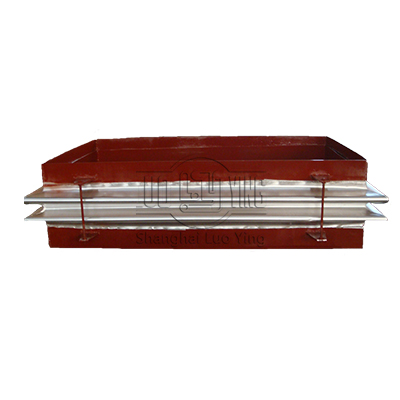
Rectangle ripple compensator (FGFB) also called rectangle of corrugatedexpansion joint, and rectangular corrugated expansion joint, axial, lateral,angular compensation function. Especially suitable for power plants, steel mills, coke, cement industry, smo
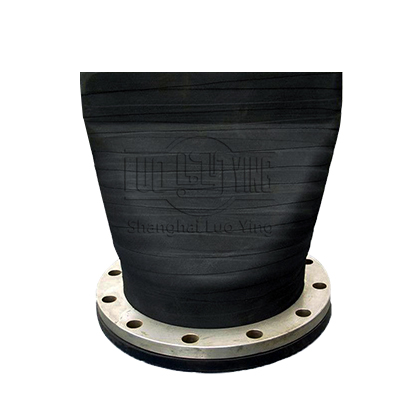
Flange Rubber duckbill valves is a simple, reliable, cost effective method of backflow prevention. The series duckbill check valve is designed to be installed between two mating flanges. The simple maintenance-free elastomer with a flanged connection elim
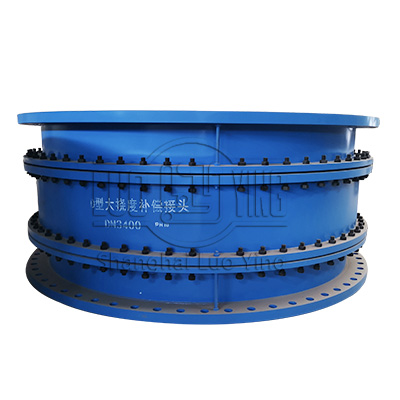
Large Flexible Dismantling Joint is a new type of pipe connector researched and developed based on the facts of the development of our country and absorption of foreign advanced technology.The main structures are mde of short pipe flange,gland,sliding tub
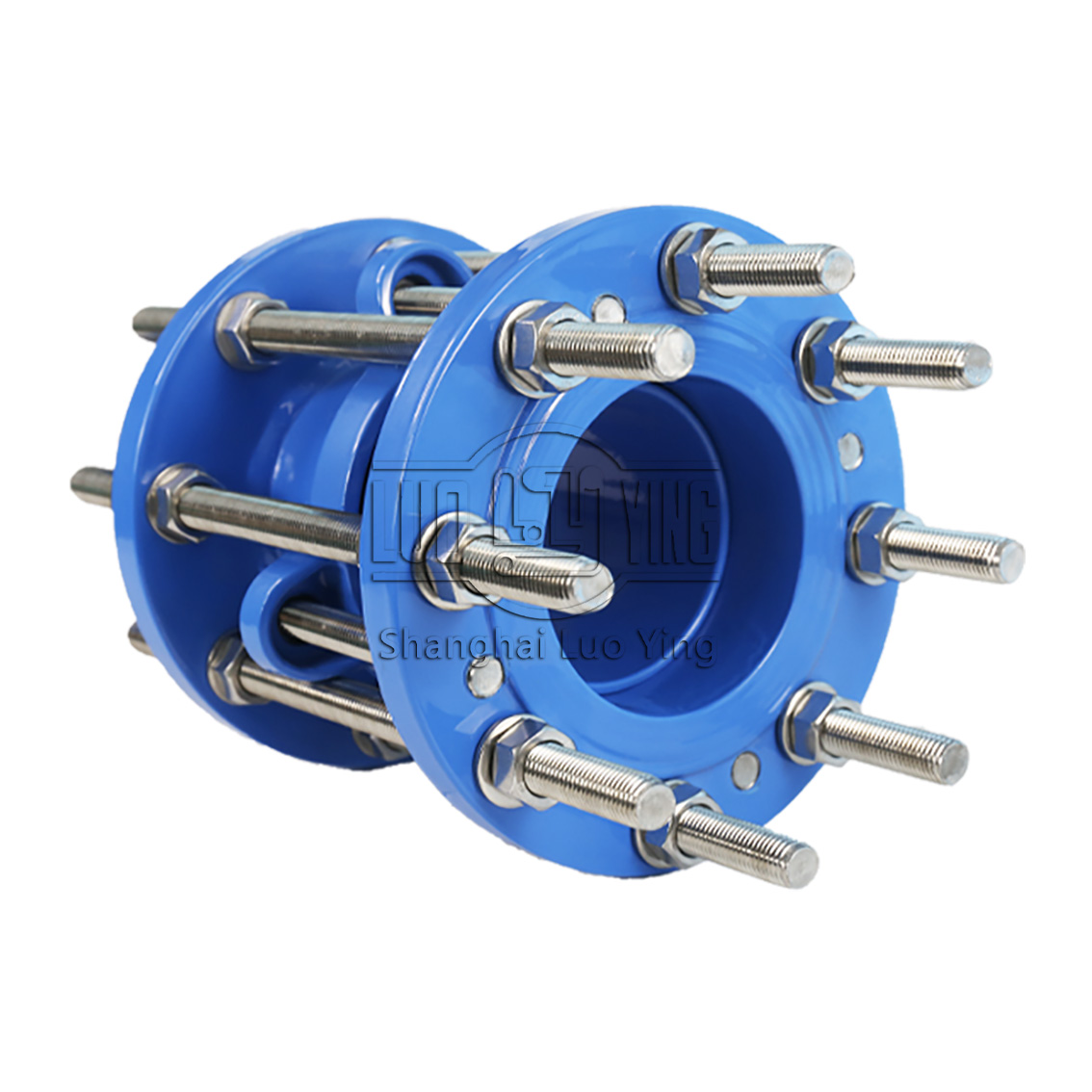
Dismantling Joints Seller is designed to be the final closing piece in the pipe network,to ease the assembling and disassembling for later maintenance of a pump or valve.A standard adjusting range of 50mm on length and a small lateral and angular
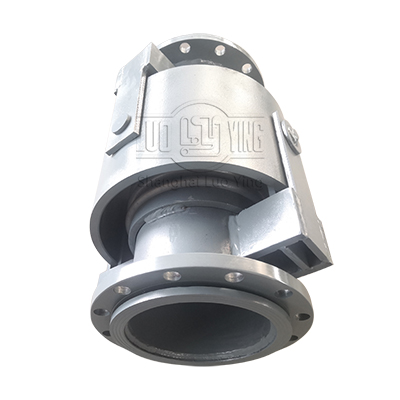
Universal hinge compensator mainly compensate bending pipeline synthesis displacement by the way of angular deflection.
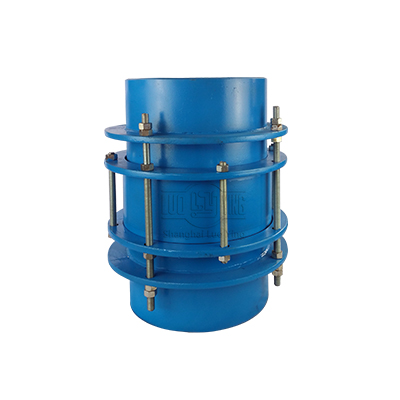
Covering Limited Telescopic Dismantling Joint is improved by adding the limited device on the basis of loose flexible rubber joint. Fit it with double nut at the maximum compensation volume, the product functions as limiting the position of rubber joint.
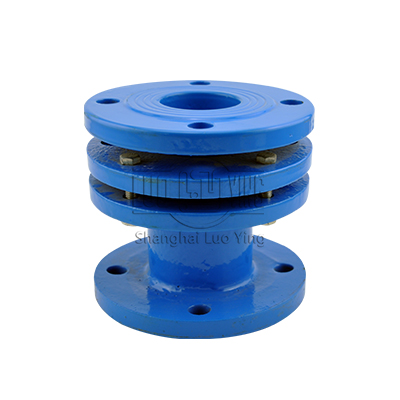
Flexible sleeve expansion joint provides great convenience for water supply pipeline,water tower,water pump,water meter and valve to install and detach.It also can compensate the expansion or contraction caused by temperature change.
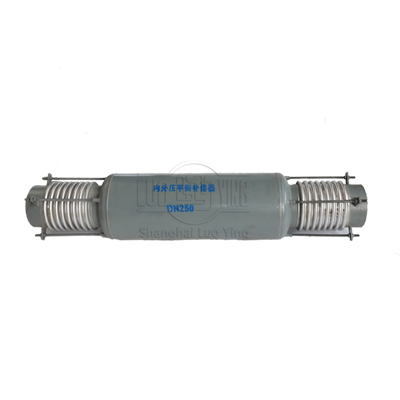
Pressure Balanced Expansion Joints do not transfer the internal pressure thrust on to the fix points, adjacent equipment, or structures. Fix points are usually not required, only guides can ensure the turning of thermal expansion into a controlled movemen
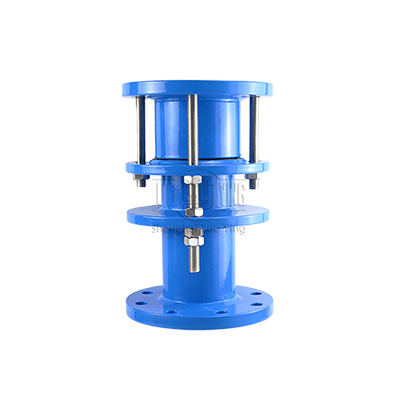
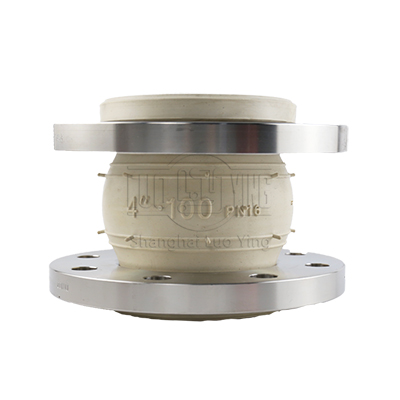
The main body of silicone rubber joints for food production enterprises is made of nylon cord as the reinforcing material, which is vulcanized under heating and pressure conditions. Food grade rubber joints are used in cold water, hot water, compressed ai
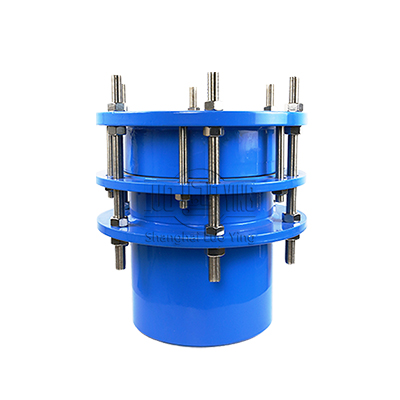
Single flange transmission joint is used to connect Flange on the one side and weld pipe on the other,modulate the product's length in between.Screw down bolts after installation to integrate the structure and guarantee a ceitain shift which will facilit
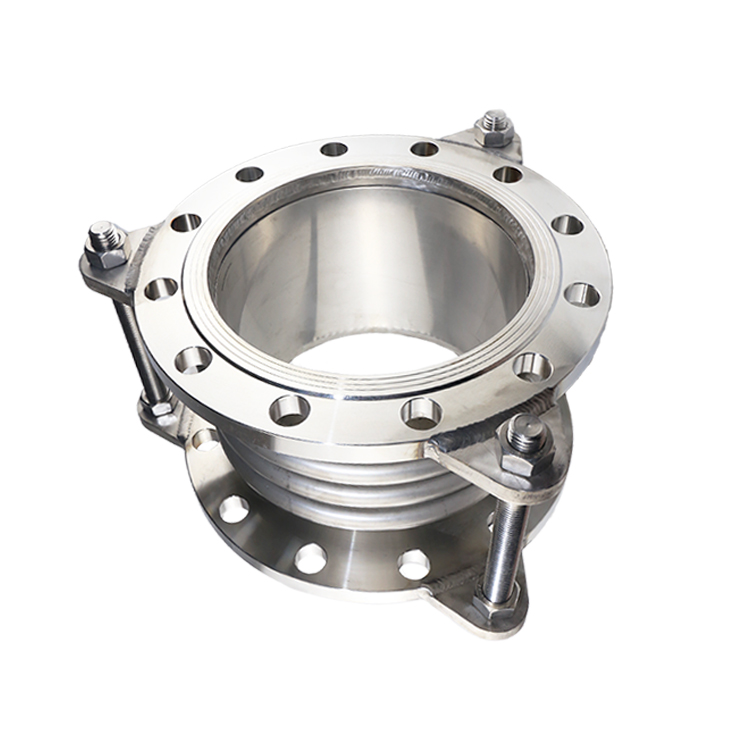
Metal bellows expansion joints (also called Metal Expansion Joint) are compensating elements for thermal expansion and relative movement in pipelines, containers and machines. They consist of one or more metal bellows, connectors at both ends, and tie rod
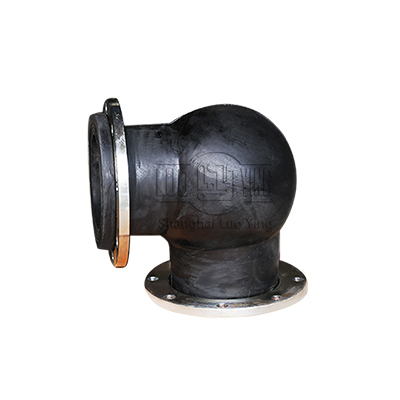
Flexible rubber joint is also called shock absorber,pipe shock absorber,shock proof box and soft joint ,and so on. It is a pipe joint of high-flexibility,high-gas tightness,resistance to medium and climate.It has such functions as following.
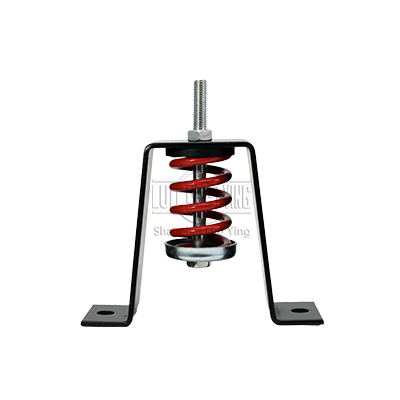
In suspension shock absorber simplest form, shock absorbers are hydraulic (oil) pump like devices that help to control the impact and rebound movement of vehicle's(or other equipment) springs and suspension. Along with smoothening out bumps and vibration
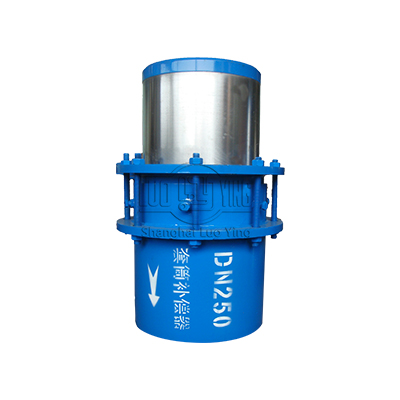
Sleeve type compensator is also called tubular expansion joints,Is the hot fluid pipeline compensator,mainly used for line pipe and auxiliary axial thermal expansion displacement after absorption compensation,is a kind of directly installed in any transpo
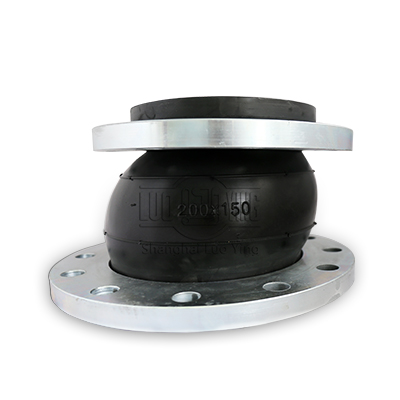
Reducing flexible rubber joint is widely used in the field of chemical industry, construction, supply water, sewage drainage, petroleum, light and heavy industry, sanitation, plumbing, electricity and other fundamental engineering.
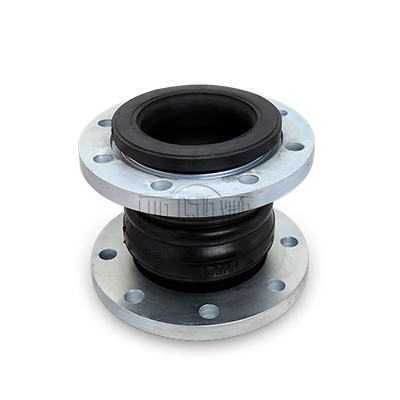
Rubber joints, also known as flexible rubber joints, flexible rubber joints, soft rubber joints, shock absorber, (shock absorbers throat), rubber shock absorbers, rubber expansion joints and so on. The product consists of inner and outer layers of plastic
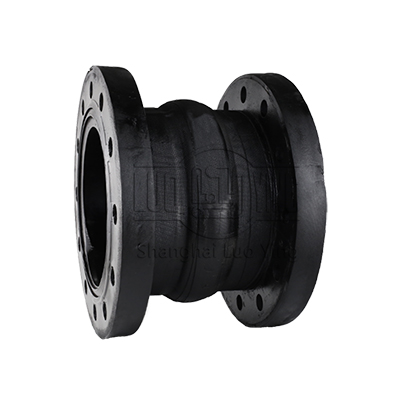
Multiple plies of rubber impregnated high strength polyester or nylon tire cord form the first pressure reinforcement over the tube. Arch swell in response to pressure and arch migration are virtually eliminated by criss-crossed layers of reinforcement th
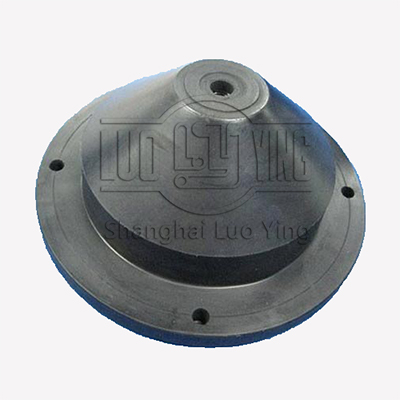
JSD Type rubber shock absorber is composed of metal and rubber composite material, the surface is covered with rubber, can prevent metal from corrosion.
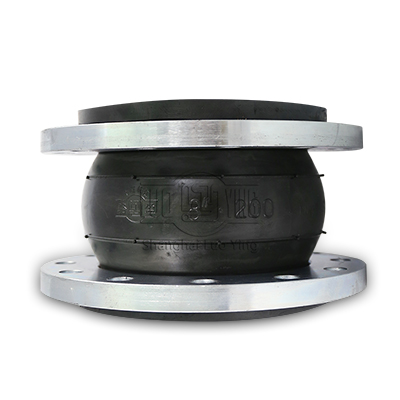
Rubber joints are also called rubber hose flexible joints, flexible rubber joints, rubber flexible joints, bendable rubber joints, high pressure rubber joints, rubber shock absorbers, compensators and so on. According to the connection method, there are 3
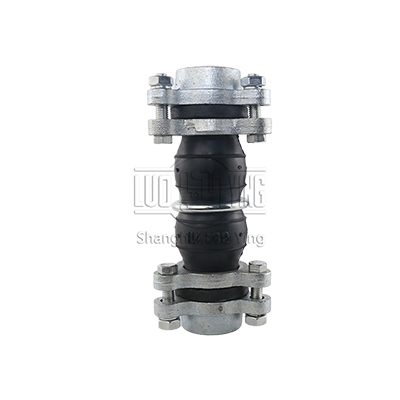
Rubber joint has the characteristics of good sealing, light weighting, easy to fix and maintain, also has long working expecting,but please keep far away from sharp metal in order to avoid breaking the rubber body.
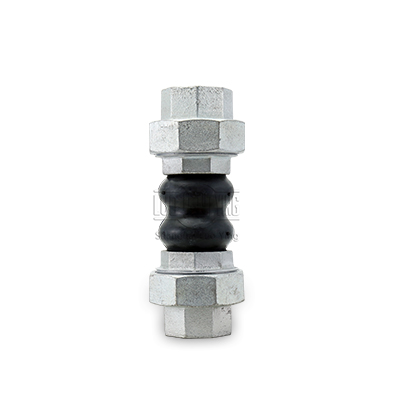
Screwed type flexible rubber joints are designed to absorb movements and stress on piping systems, compensate for pipe misalignment, reduce vibration and system noise, protect against start-up forces as well as system surges. Thus, they are also called sh
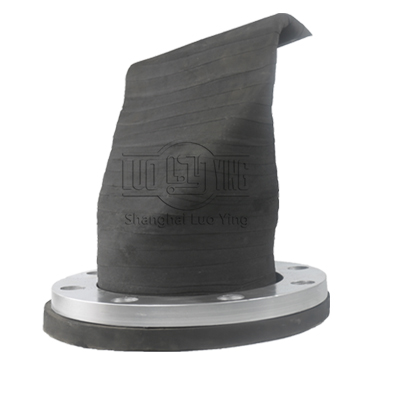
Flange integral duckbill check valve is a simple, reliable, cost effective method of backflow prevention. The series flange integral duckbill check valve is designed to be installed between two mating flanges. The simple maintenance-free elastomer with a
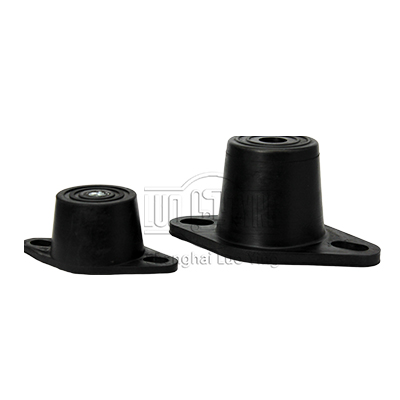
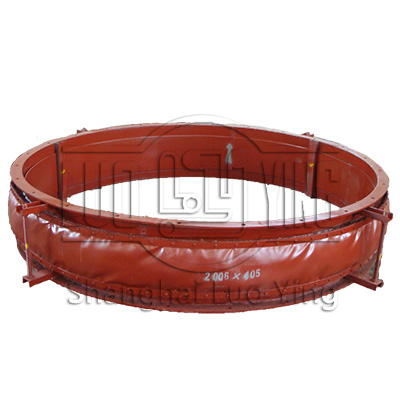
LUOYING Fabric Expansion Joints are non-metallic flue duct expansion joints that provide stress relief for piping and ducting systems by absorbing thermal growth and shock, isolating mechanical vibration, and allowing for misalignments.LUOYING expansi
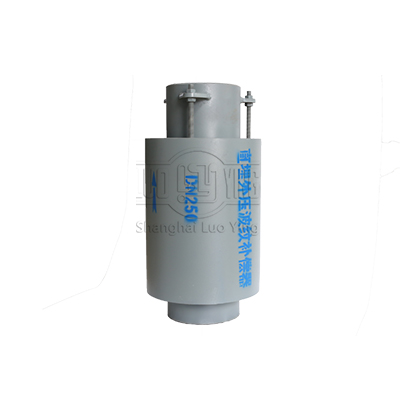
Axial external pressure bellow compensator also called shock absorption ripple compensator, corrugate pipe, expansion joint or slip joint.
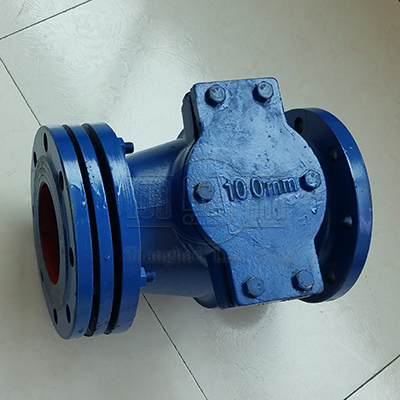
Filter Expansion Joint, the lastest design for double uses, is the new coming pipeline facility with its compact structure, small size and light weight.1×1-50-600 horizontal screw-wing water meter without filter mesh, can block the water with the impurit
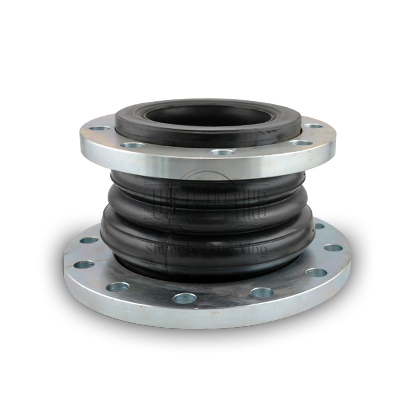
The concentric design is where the center of each flange is concentric or in line with each other
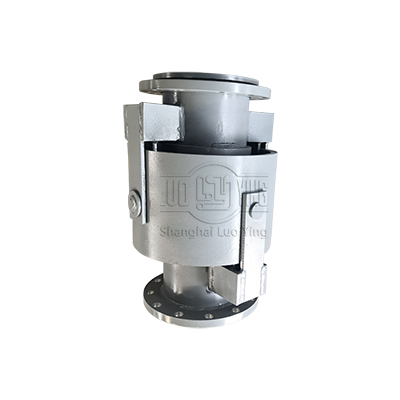
Hinge corrugated compensator also called expansion joint, slip joint, composed by bellows, tube, bracket, flange and catheter.
Design temperature:-20~+400℃
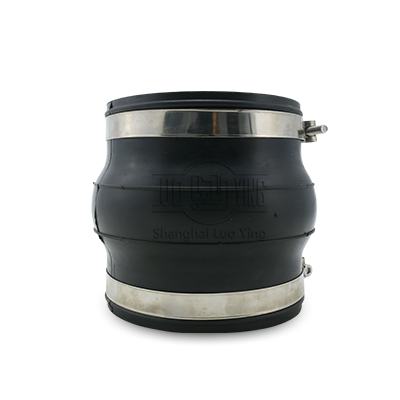
Clamp Flexible Joint is also called Flexible Rubber Joint, flexible joint, rubber coupling, flexible rubber joint, rubber soft connection. Clamp Flexible Rubber Joint is flexible coupling of metal pipe, composed by inner layer,Nylon cord fabric enhanced,
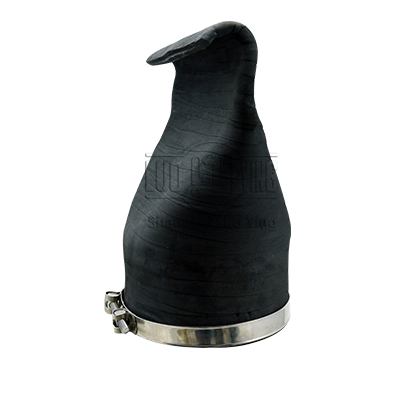
LUOYING Duckbill Check Valve is reliable and cost effective flow control solution.Rubber duckbill valve for sewage made in our company have been receiving reputation not only at home but overseas.
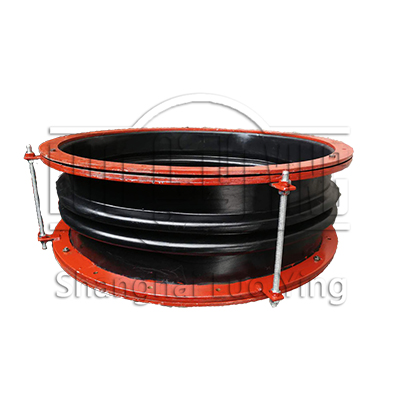
Flue duct expansion jointsare custom engineered to handle low pressure (±3 psig) applications with temperatures ranging from -100°F to more than 2000°F. Industry Proven materials and precise engineering go into every LUOYING Fabric Expansion joint.







Rubber expansion joints are mainly manufactured by manual wrapping of rubber sheets and fabric reinforced rubber sheets around a bellows-shaped product mandrel. Besides rubber and fabric, reinforced rubber and/or steel wires or metal rings are added for additional reinforcement. After the entire product is built up on the mandrel, it is covered with a winding of (nylon) peel ply to pressurize all layers together. Because of the labor-intensive production process, a large part of the production has moved to eastern Europe and Asian countries.
Some types of rubber expansion joints are made with a molding process. Typical joints that are molded are medium-sized expansion joints with bead rings, which are produced in large quantities. These rubber expansion joints are manufactured on a cylindrical mandrel, which is wrapped with bias cut fabric ply. At the end the bead rings are positioned and the end sections are folded inwards over the bead rings. This part is finally placed in a mold and molded into shape and vulcanized. This is a highly automated solution for large quantities of the same type of joint.
New technology has been developed to wind rubber and reinforcement layers on the (cylindrical or bellows-shaped) mandrel automatically using industrial robots instead of manual wrapping. This is fast and accurate and provides repeatable high quality. Another aspect of using industrial robots for the production of rubber expansion joints is the possibility to apply an individual reinforcement layer instead of using pre-woven fabric. The fabric reinforcement is pre-woven and cut at the preferred bias angle. With individual reinforcement it is possible to add more or less fiber material at different sections of the product by changing the fiber angles over the length of the product.

Piping components can be bolted together between flanges. Flanges are used to connect pipes with each other, to valves, to fittings, and to specialty items such as strainers and pressure vessels. A cover plate can be connected to create a "blind flange" Flanges are joined by bolting, and sealing is often completed with the use of gaskets or other methods. Mechanical means to mitigate effects of leaks, like spray guards or specific spray flanges, may be included. Industries where flammable, volatile, toxic or corrosive substances are being processed have greater need of special protection at flanged connections. Flange guards can provide that added level of protection to ensure safety.

Fasteners are used for fastening and securing materials such as wood, metal, plastic, or concrete. They include nuts and bolts, threaded rods, structural bolts, machine screws, wedge anchors, washers, rivets, and more in a variety of types and sizes, including metric and inch.

In systems that have a media with significant particulate content (i.e. flash or catalyst), a barrier of ceramic fiber can be utilized to prevent corrosion and restricted bellows flexibility resulting from the accumulation of the particulate. Purge connectors may also be utilized to perform this same function. Internal liners must also be included in the design if the expansion joint includes purge connectors or particulate barriers.

A gasket is a mechanical seal which fills the space between two or more mating surfaces, generally to prevent leakage from or into the joined objects while under compression. It is a deformable material that is used to create a static seal and maintain that seal under various operating conditions in a mechanical assembly.